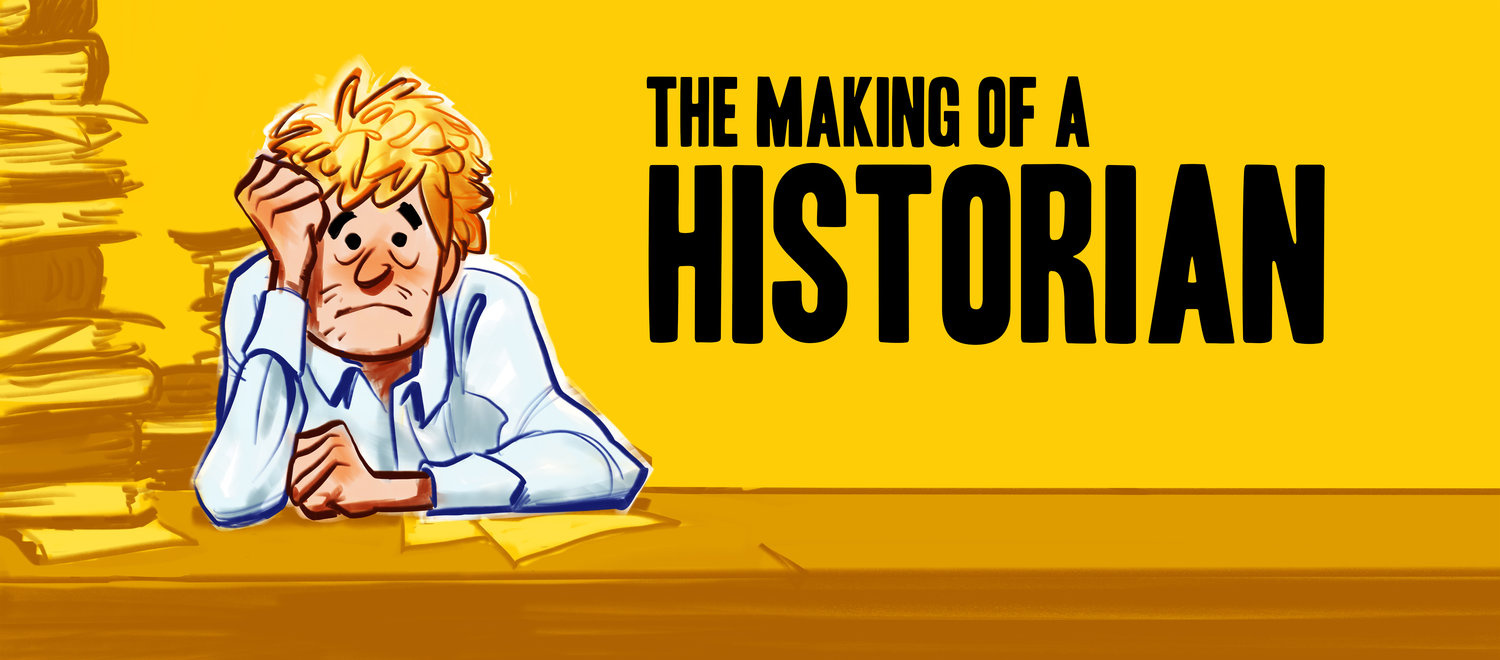History of Coal 2: Before the Revolution
Today we talk about pre-industrial coal use in Britain. People needed a lot of wood in the past to heat their houses, cook their food, and make stuff like buildings, bridges and navies. When population increased, people shifted from wood to coal. After the Black Death, population in Britain slowly crept up meaning more expensive stuff. But things got really bad in the middle of the 17th century--the Little Ice Age. It was cold. It was crowded. People needed fuel, but the forests were shrinking. Big cities like London shifted to coal. Coal miners had a field day. Coal started to replace wood in a bunch of industrial applications. Boiling stuff was easy: salt, beer, alum. Other things were harder, like glass or baking bread. In the 17th century, Britain became something new: a society that got most of its energy from a rock, rather than from the sun.
Coal fields in Britain. From the Northern Mine Research Society. That's a LOT of coal!
Frost Fair of 1683. Things got really cold during the Little Ice Age!
Thanks as always go to Duncan Barton, our illustrator. Jonathan Lear did the music.
Primary Sources
- John Evyln's Fumiifugium (1666), a 17th century complaint about coal smoke.
It is this horrid Smoake which obscures our Churches, and makes our Palaces look old, which fouls our Clothes, and corrupts the waters, so as the very Rain, and refreshing Dews which fall in the several Seasons, precipitate this impure vapour, which, with its black and tenacious quality, spots and contaminates whatsoever is expos'd to it.
Compleat Collier (1708), everything you'd ever want to know about early modern coal mining!
Academic Sources
- Peter Brimblecombe, The Big Smoke: A History of Air Pollution in London since Medieval Times
- R.A. Church, ed, The Coal and Iron Industries (The Industrial Revolutions, Vol 10)
including selections from John Nef, The Rise of the British Coal Industry
- !!!Kander, Malanima and Warde, Power to the People: Energy in Europe over the Last Five Centuries (The Princeton Economic History of the Western World)
!!! and EnergyHistory.org
- John Hatcher, The History of the British Coal Industry: Volume 1: Before 1700: Towards the Age of Coal
- John Travis, Coal in Roman Britain (British Archaeological Reports British Series)




